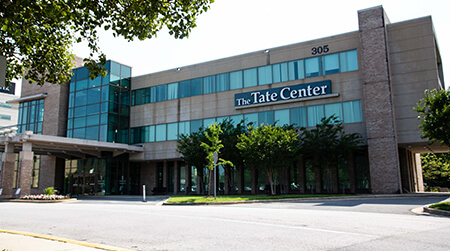

An adult central nervous system tumor is a disorder in which abnormal cells grow in the brain and spinal cord tissues. Tumors are created by abnormal cell growth and can begin in various brain areas or the spinal cord. Glioblastoma multiforme is the most prevalent type of central nervous system cancer.
The most often used treatment for nervous system cancer is chemotherapy. We'll administer the medications through your veins. The drugs will subsequently enter your bloodstream and move throughout your body. Chemotherapy is administered in cycles, each followed by a rest period.
We may also recommend combining chemotherapy with radiation therapy for more efficient results. Radiation therapy uses high-energy rays to kill cancer cells while ensuring minimal damage to the adjacent ones. The radiation is delivered by massive equipment that directs photon beams at the tumor in the belly.
The use of corticosteroids to treat various cancers is referred to as steroid treatment. It’s anti-inflammatory and relieves most central nervous system lymphoma symptoms.
Whole-brain radiation therapy is a palliative treatment for patients with brain metastases that relieves symptoms, reduces the need for corticosteroids to manage tumor-associated edema, and may increase the overall survival rate in nervous system cancer patients.
This treatment method combines greater doses of chemotherapy (chemo) with a transplant to replenish the bone marrow stem cells destroyed by the chemo. It is frequently used in children with high-risk neuroblastoma, which other therapies cannot cure.

8:00 AM ~ 4:30 PM (M-F)

8:00 AM ~ 4:30 PM (M-F)

8:00 AM ~ 4:30 PM (M-F)
Adult brain and spinal cord cancers do not have a standard staging scheme. Staging refers to the process of determining if cancer has progressed to other sections of the brain or other body parts. Brain tumors that start in the brain usually do not spread to other body regions, and there is no uniform staging method.
Different types of brain and spinal cord tumors include:
The most common types of brain tumors are: